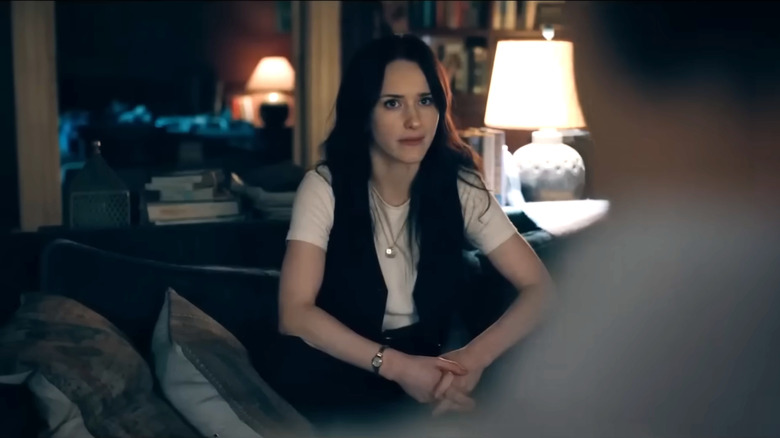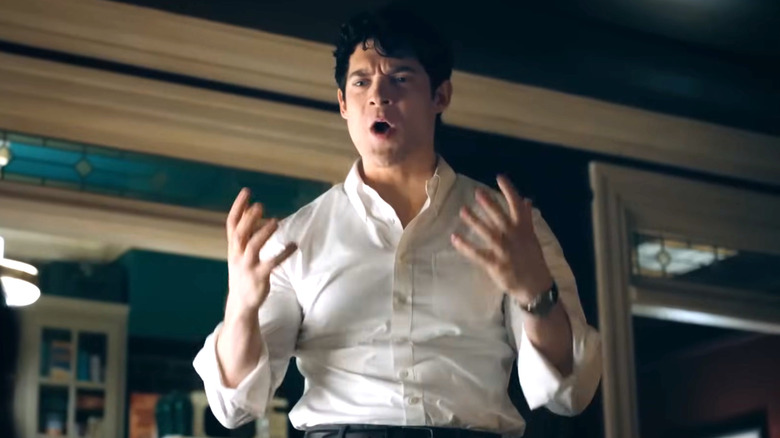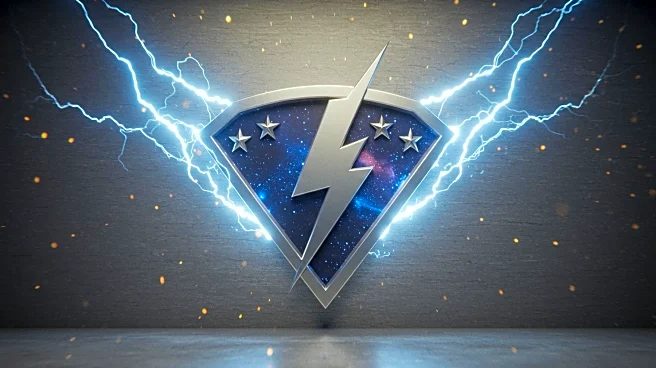
James Gunn's "Superman" (2025) was one giant swing of a movie. It made the bold choice to jump right into the action of this new DC universe, introducing a Superman who has been fighting bad guys for years in a world that's already teeming with superpowered heroes and villains. But for director/writer James Gunn, the most ambitious part of the movie wasn't anything with the worldbuilding; it was that early conversation between Lois Lane (Rachel Brosnahan) and Clark Kent (David Corenswet), where they
talk about their relationship and engage in an interview/debate about Superman's ethics.
Gunn was concerned by how long the movie was going without any proper action, because superhero movies aren't usually this talky. As Gunn explained in a recent interview on Josh Horowitz's Happy Sad Confused podcast, "The biggest risk I took was putting a 12-minute talking scene in a superhero movie. There's just no doubt."
The fact that the sequence was 12 minutes long is surprising to hear because it definitely didn't feel that long. Granted, that's because Gunn isn't just talking about the interview scene, but everything in Lois' apartment before and after it. The 12-minute scene has multiple shifts in tone and tension, to the point where it doesn't feel like one big scene but a collection of smaller ones. Gunn explained how he edited the sequence meticulously to avoid any potential audience fatigue.
"It has been endlessly, endlessly cut," he said. "I mean, just constantly changing it up until right before we finished the cut."
Read more: Every Live-Action Superman Costume Ranked (Including David Corenswet)
The Talking Scene Was Necessary For Clark And Lois

While regular viewers of other genres don't often mind if characters talk for 12 minutes, for a fast-paced superhero movie, it's admittedly a risk. The reason Gunn went for it anyway is that he felt the scene did such a good job illuminating who Clark and Lois were as characters.
"When I wrote the scene and I look at the scene myself, I go, 'I see both their points of view. I see Lois's point of view. I see his point of view. She's talking about truth, and he's talking about life. Right.' Both important values and both their key important values in their lives," Gunn explained. And although the characters would never explicitly return to this early debate they had, the rest of their scenes together are still an implicit continuation of it. By the end of the movie, the ideological gulf between them has lessened, at least enough for them to feel confident jumping into the next stage of their relationship.
What's maybe most impressive about this sequence is that it shows Gunn understands what actually bores an audience. There's no equivalent sequence in "Man of Steel," for instance, but that movie dragged far more for me. With "Man of Steel," my attention during the long third-act battle sequence where building after building was knocked down with zero sense of weight. A lot of superhero movies feel the need to throw mindless action at the audience to keep them invested, even though action itself can easily get boring.
Gunn not only trusted that his viewers were mature enough to handle an extended dialogue sequence, but he also understood that it's the audience's investment in the characters that makes action sequences work in the first place. Not only that, but he understands that a well-written battle of words can be more tense and interesting to viewers than a battle of fists. It's something Tarantino fans have known for ages.
If you're looking for the easiest way to keep up with all the major movie and TV news, why not sign up to our free newsletter?
Read the original article on SlashFilm.











